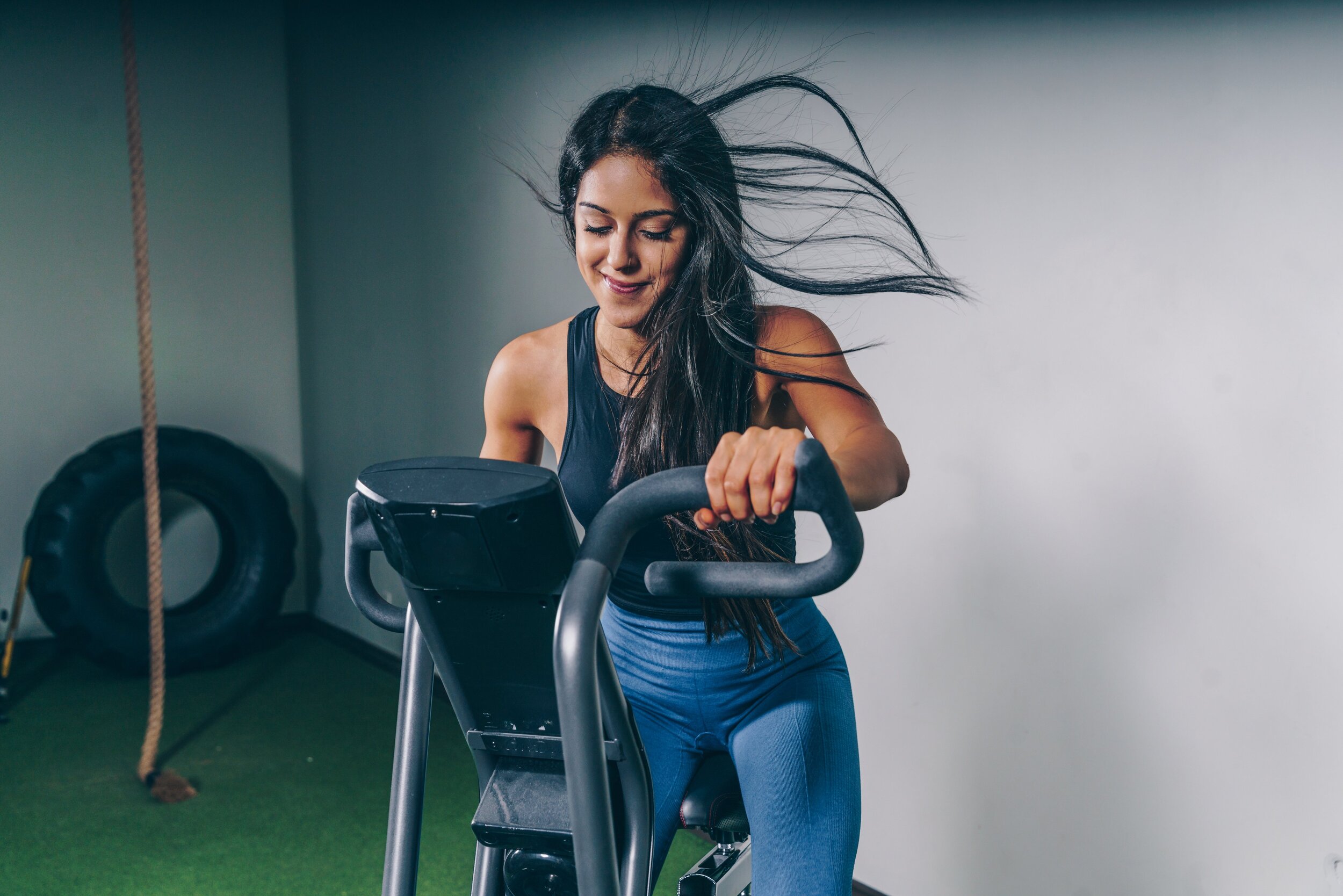With lockdown restrictions beginning to lift in the United Kingdom, gym’s will be opening their doors again on the 12th of April. This is fantastic news for not just the fitness elite, but also for your everyday person looking at increasing their health and fitness following a period of the latest lockdown. However jumping straight back into the deep end of training is not always the way forward. In this article we will explain how we believe you should return to training safely and avoid any unnecessary gym injuries.
Fact: The biggest prerequisite of injury is a change of volume.
To break this statement down, it essentially means the liklihood of injury is significantly increased when doing too much after doing too little. That could mean, training for too long e.g. running for 10km on the treadmill when you have only been doing 5km outside. It could mean training too heavy, e.g. bench pressing 100kg after only doing press ups at home. Or it could mean training with too much intensity, e.g. doing HIIT with more rounds than you would do at home usually. Or it could simply mean training too often, e.g. doing five sessions per week as oppose to three. So let’s look at each section in more detail and explain our advice.
Don’t start too heavy!
The liklihood is that your strength will have dropped off over the last few weeks of lockdown, even in the elite level athletes. If you try and jump straight in on your previous weights and/or intensities, the liklihood of you moving incorrectly and causing an injury is significantly increased.
Our Advice: start slowly, on a weight you would usually consider as a light warm up. Complete two sets at this weight before moving on to something harder. Don’t go above 75% of your previous weights.
Don’t train for too long!
Your body’s endurance capabilities will have dropped, whether that is your cardiovascular endurance or your muscular endurance. It is important to not push to your previous endurance levels in your first few workouts. When we get more fatigued, the liklihood of our form breaking down and moving incorrectly, is significantly larger. When you move incorrectly whilst under load, is where we see the majority of our gym injuries.
Our Advice: Keep your sessions within an hour if possible or ninety minutes if you are an experienced trainer (including warm up and cool down). This will allow you to maintain focus and not become too fatigued.
Don’t train too hard!
Over the last few months of lockdown, your training intensity will be totally different to how it would be in a gym environment. The liklihood of you getting to a near max heart rate whilst training at home is extremely unlikely, whilst at the gym the liklihood is much higher. It is important that you don’t try to hit heart rate scores that you would have previously. After a period of having a lower heart rate, if you hit a max heart rate for a prolonged period the chance of developing nausea, anxiety or, of course, injury is much higher.
Our Advice: work in a zone which you would find extremely comfortable, but still creates a sweat.
Don’t train too often!
If you have been doing two exercise classes a week during in lockdown, then decide to visit the gym six times in your first week back, that probably is not wise. Your body will have significantly less time to rest, recover and adapt following each session. If you continue to train on already damaged, inflammed muscles and connective tissue, then the chance of you either tearing a muscle or spraining a ligament is a lot higher. So keep the number of training sessions low and build it up.
Our Advice: train a maximum of three times a week for the first two weeks, then begin to add more sessions as you see appropriate.
But what about when I am in the gym?
At NRG we beleive in using the RAMP principle of returning to exercise.
R - raise your heart rate and get blood pumping around the body. This could be traditionally on your cardio machines, or if you are a more experienced lifter, by completing specific movements which mimic what you are about to train.
A - activate the right muscles. Complete movements which will help drive blood into the area you are about to train e.g. body weight lunges if you are about to do a lower body workout.
M - mobilise the tissues to make sure you can move correctly for the movements planned. For example if you have been deskbound for hours on end, your hip flexors will no doubt stiffen up. Our advice, gently stretch these tissues to help improve the function at your hip and move correctly.
P - potentiate the weights, by moving up the weights slowly. Don’t do big jumps as it will be a massive surprise to not just your muscular system but to your nervous system as well.
We hope that you find this information helpful in your return to the gym. If you are still confused on the best approach to gym, or are cautious of the injuries you may cause yourself - feel free to drop a comment below, email us on rob@nrgsportstherapy.com, or alternatively call us on 07584027210. We look forward to hearing from you!
Interested in what NRG Offers? Visit our services page to learn more on how we can help your specific needs!




